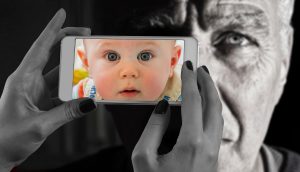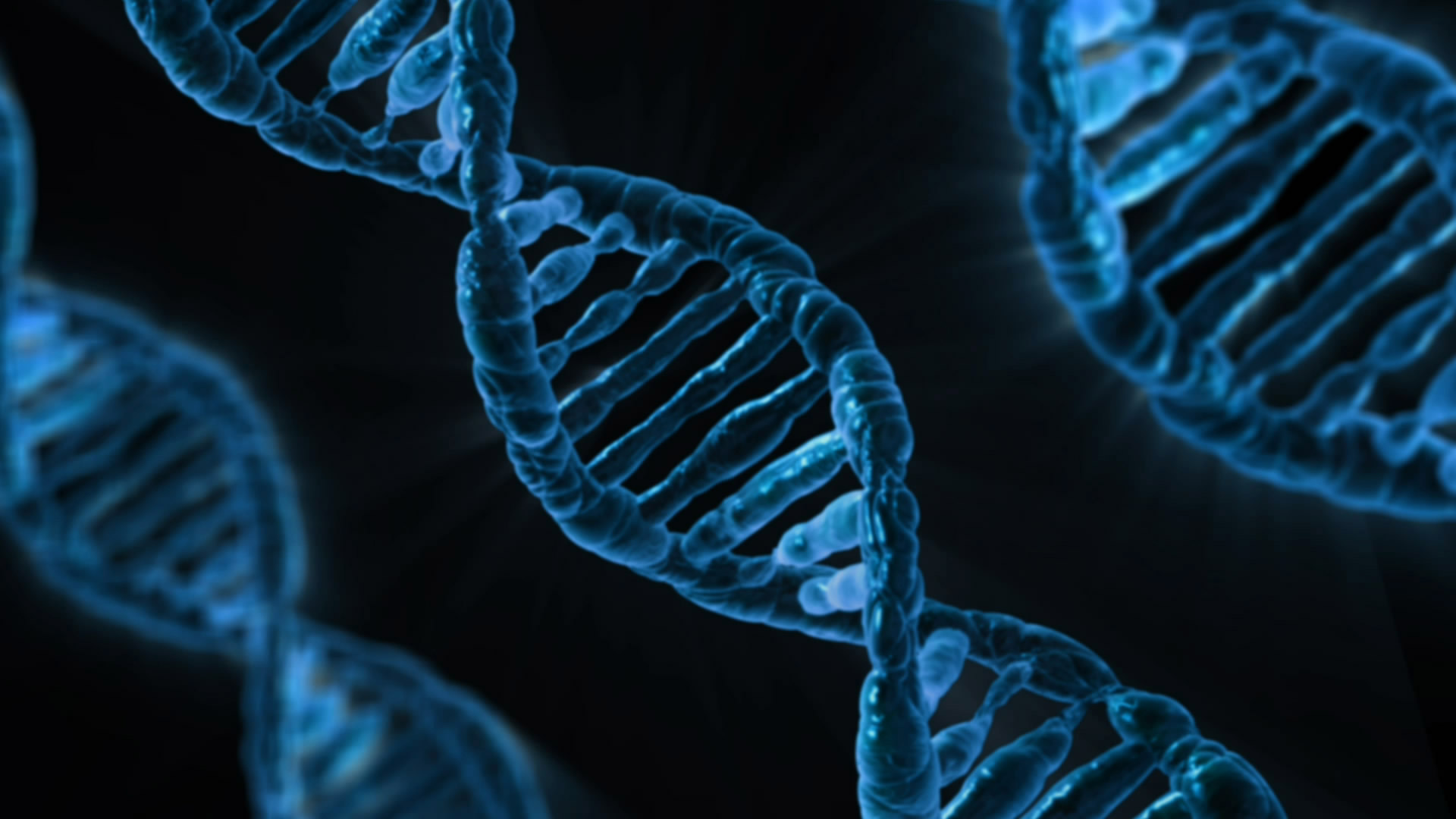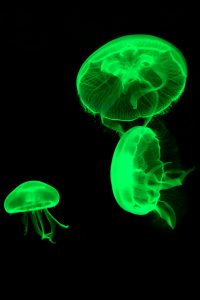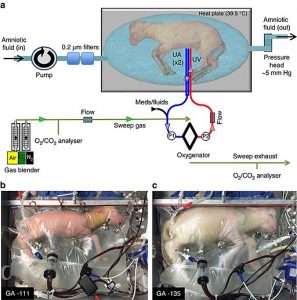We often hear our grandparents telling their stories in those “good old days”. Indeed, who doesn’t want to stay forever young? Humans all experience physical and mental function declines as we are inevitably getting old and a lot of researches have been done so far to solve the mystery of aging. As evidence piles up, scientists say that the fountain of youth may lie in the blood.
A recent paper published on Communications Biology showed a restored cognitive function in old mice after they received bone marrow transplantation from younger mice. They found that the level of a critical chemical, called CCL11, in blood was lowered in young bone marrow recipients mice and therefore reasoned that hematopoietic (blood cell generating) system may play a special part in regulating CCL11. This molecule is thought to have an inhibitory effect on nerve cells regeneration, which is a hallmark of aging.
However, this is not the first study in the field. In fact, discoveries on the rejuvenating power of young blood can be dated back as early as 1970s when scientists surgically connected the blood vessels of two lab mice with different ages so that they could share the same circulating blood. The old mice did become younger in terms of some physiological aspects. And more researches have found similar results and pinned down some critical molecules responsible for aging.
Blood transfusion reverses aging in mice
Credit: GeoBeats News
Those findings are very promising in helping us understand the mechanism of aging and develop drugs or therapies to fight some of the age-related disease, such as Alzheimer’s disease, in the future. However, our keenness to stay young has already been taken advantage of by some people. A start-up company in California called Ambrosia charged $8,000 to give clients one-time infusion with blood plasma from young people. Just in last month, FDA stated that “we’re concerned that some patients are being preyed upon by unscrupulous actors touting treatments of plasma from young donors as cures and remedies.” Soon after that, Ambrosia stopped their transfusion treatments.
Indeed, it’s not the time to jump the gun yet. First, those findings in animal models may or may not be applicable to humans yet: we still need more evidence to prove that. Secondly, such treatments are generally beyond the regulation of FDA, and they may bring other risks, such as blood-borne diseases, not to mention the societal consequences. Therefore, it seems we do have a long way to go before we find the real fountain of youth.
Written by Xin Dong









